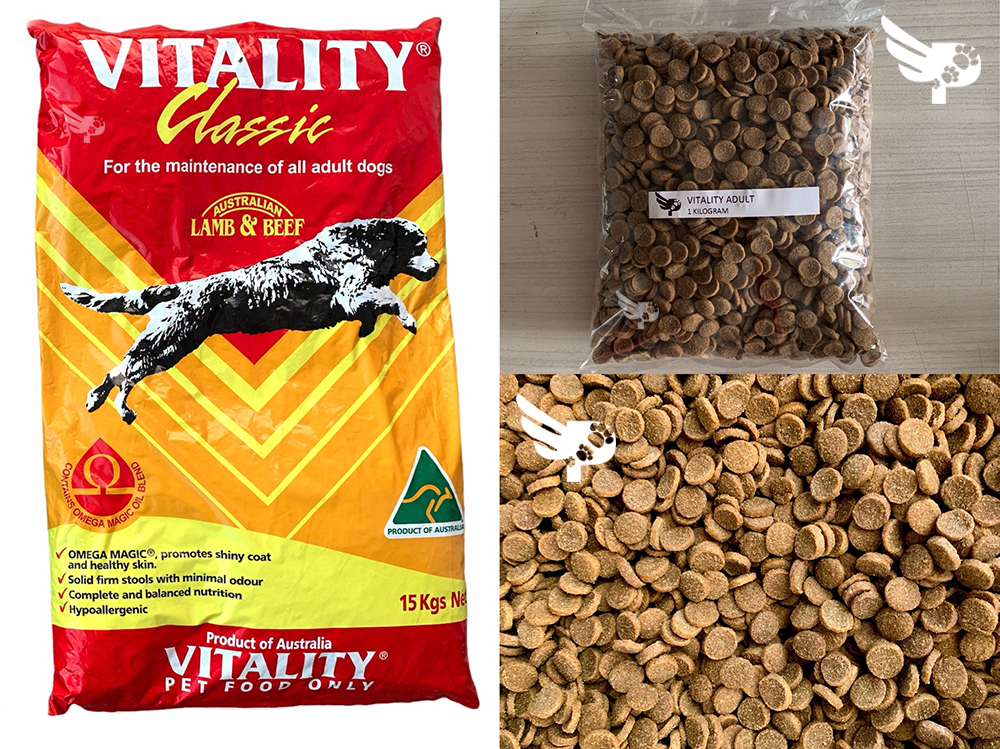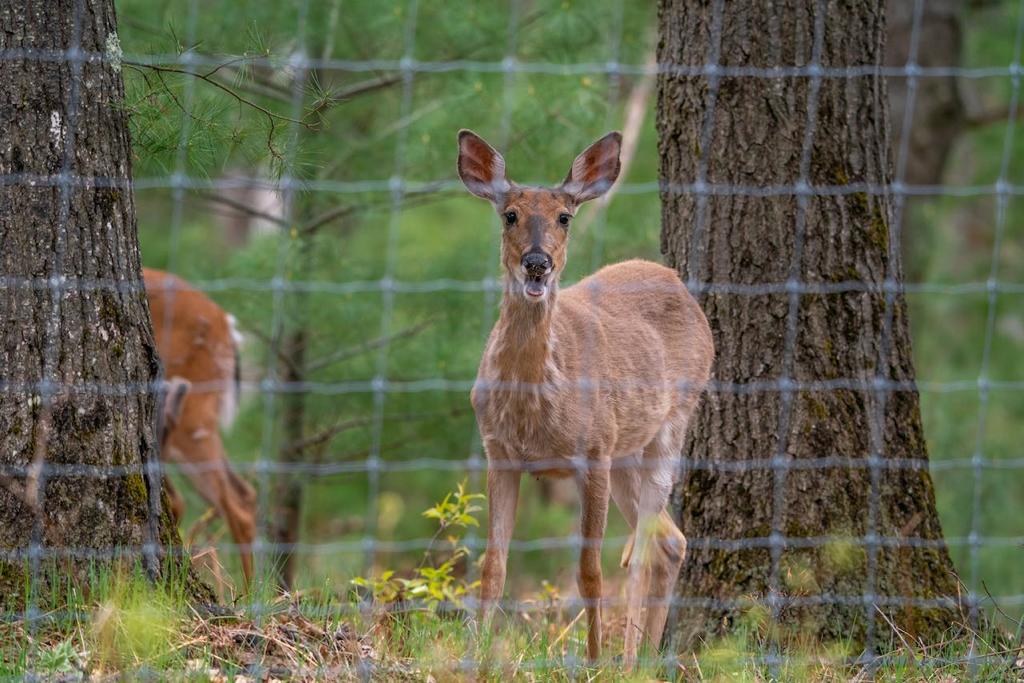Car animation has increasingly become a fascinating subject in both the entertainment and automotive industries, offering a blend of technical expertise and creative expression that captivates audiences and professionals alike. In this guest post of Whimsitoons, we’ll explore how car animation brings static images to life and why it’s more than just eye candy for viewers.
The Basics of Car Animation
Before diving deeper, let’s start with the fundamentals. Car animation involves using computer-generated imagery (CGI) to create animated representations of cars. These animations can range from hyper-realistic to stylistically exaggerated depictions of vehicles in motion, typically used in films, advertisements, video games, and simulations.
Understanding the Types
- 3D Car Animation: This involves creating three-dimensional models of vehicles that can be manipulated to simulate realistic or imaginative actions. This type of animation allows for complex lighting, shadows, and environmental interactions, making it ideal for high-impact visuals in movies and video games.
- 2D Car Animation: More traditional and less complex, 2D car animation involves animating vehicles in a flat space. It’s often used in cartoon series and simpler game designs where the emphasis is more on style and story than on hyper-realistic visuals.
The Process of Bringing Cars to Life
Creating compelling car animations is a detailed process that combines artistry with cutting-edge technology. Here’s how animators bring cars to life:
Concept and Design
- Initial Sketching: Everything starts with a concept or a sketch. Artists first draft designs of the vehicle, focusing on its key features and the emotions they want to evoke.
- Storyboarding: After sketching, a storyboard is created, outlining the animation sequence and ensuring that the movement of the car flows logically and appealingly.
Modeling and Texturing
- Building the Model: Using specialized software, the sketched car is modeled into a 3D space. This model includes every detail, from the bodywork to the finer aspects like headlights and wheels.
- Texturing: Texturing involves adding colors, patterns, and materials to the model. This step is crucial for giving the car a realistic or desired stylistic appearance.
Rigging and Animation
- Rigging: In this phase, the car model is rigged with a virtual skeleton. For cars, rigging might include the ability to move parts like doors, wheels, and even the suspension system.
- Animating: With rigging complete, animators can now move the car in a virtual environment. This involves creating motion paths for the vehicle and adjusting how it interacts with its surroundings.
Rendering and Post-Production
- Rendering: This is where all the individual frames of the car animation are processed to produce the final visual output. It’s a compute-intensive step that can take a significant amount of time depending on the complexity.
- Post-Production: Finally, the rendered frames are polished in post-production. This stage includes editing for timing, adding effects like smoke or dust, and integrating the car into live-action footage if necessary.
Why Car Animation Captures Our Imagination
Car animations do more than just showcase vehicles moving; they stir emotions and create connections with viewers. Whether it’s a high-speed chase in a blockbuster movie or a heartfelt moment in an animated feature, cars often play central roles in storytelling.
Enhancing Storytelling
- Emotional Impact: Cars in animations can act as characters themselves, each with its own personality and role in the story.
- Dynamic Visuals: Car animations provide dynamic action sequences that can heighten the excitement and drama of a scene.
Marketing and Advertisements
- Product Showcasing: For automotive companies, animation is a powerful tool to showcase the design and features of their cars without needing a physical model.
- Engaging Content: Animated car commercials often tell a story, creating a narrative that viewers can connect with, making the advertisement more memorable.
Educational and Simulation Purposes
- Driver Training: Car animations are used in driving simulators to train and test drivers in a safe, controlled, and repeatable environment.
- Safety Demonstrations: They also help in visualizing the impact of car accidents on vehicle safety systems, aiding in educational purposes and safety equipment testing.
The Future of Car Animation
As technology advances, the future of car animation looks promising, with potential developments like increased integration of virtual reality (VR) and augmented reality (AR), which could take the realism and interactivity of car animations to new heights.
Car animation, whether it’s through 3D or 2D approaches, continues to be an essential tool in many fields. It not only entertains and educates but also inspires new technological advancements in digital design and visualization. Whether you’re a filmmaker, a gamer, an automotive engineer, or simply a car enthusiast, the evolving world of car animation holds something of interest for everyone.










